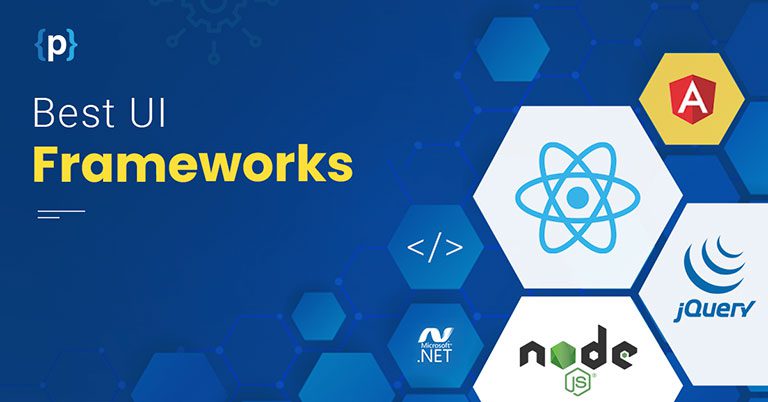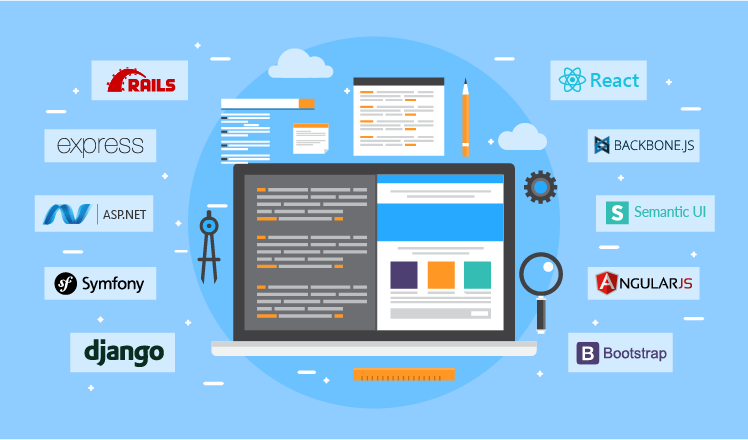The Foundations of My Code
22 Feb 2024The Supports of the Programming World

UI, or User Interface, is one of the most important aspects of any web page or application, since they make up the visuals and appeal of the application itself. More specifically, UI is the space where the user interacts with their machine and “talks” with it, and sends signals back to the back-end to retrieve the necessary information and data that was requested. UI frameworks provide pre-built components for teams and solo programmers to use in their projects that follow certain themes and styles that might fit in with and make projects look better. These pre-built components can always be taken and edited, being used as a starting point for making an even better looking element.
Building Without the Supports

Sometimes however, transitioning into using a new UI framework is as hard to learn if not harder than learning an entirely new programming language, since there are just so many different things and aspects to consider and apply. While this may be true for certain cases, there are always extremes to consider, and always pros and cons, advantages and disadvantages, and it is no different with these frameworks. On the upside, there are the reasons I mentioned before, that they are already built and implemented, therefore being much faster to create and put on a project, they are very easy to understand and use, and one of the more important reasons, they are more professional looking than the standard elements. On the other hand, there are those that argue that even if a programmer is given all of the necessary tools to make a professional website or application, they still need to have enough of an understanding to know how to actually use them. There is also the argument that styling your own elements and building up your entire project from scratch is better than trying to use and conform everything to the confines of a single framework. Sometimes, it is just better to just do what you know how to on your own, and learn where you fall short, as you would always be in control, and would know fully why certain things look and act the way they do.
Taking UI Frameworks Into My Consideration
![]()
In all of my experience with building user interfaces and mock web sites/pages, I have relied purely on HTML and CSS, without trying to use any frameworks. While Bootstrap 5 is definitely useful for their components and stylization options, sometimes it can be frustrating to get the components to do exactly what I wanted them to, just by using the various bootstrap elements and classes. While it may take longer to start from scratch and get everything looking tidy through straight CSS, it is much easier to control what you know, and since I did not have much previous experience working with Bootstrap, that was just the case that I ran into when working on some class assignments and practice experiences. In my opinion, even though it will take longer to implement in the long run, it will be entirely worth it, and honestly, both options will take a long time no matter what so it is probably better to just be fully in control of your own project. If I were to rely entirely on a framework for something, it would likely be the various professional looking or appealing elements and components that they offer.